Nobody is born with two wheels – although outrageously talented riders such as Danny Macaskill and Alex Storr may have you questioning otherwise.
We all have to start mountain biking somewhere – whether you have the benefit of riding from a young age or are new to the sport, there’s always a piece of knowledge you wish you knew earlier that could have saved you time or money.
Here, we’ve compiled our top tips aimed at making the lives of those new to mountain biking a little easier, though experienced riders may find a nugget of information they have yet to see.
Fitness is fastness
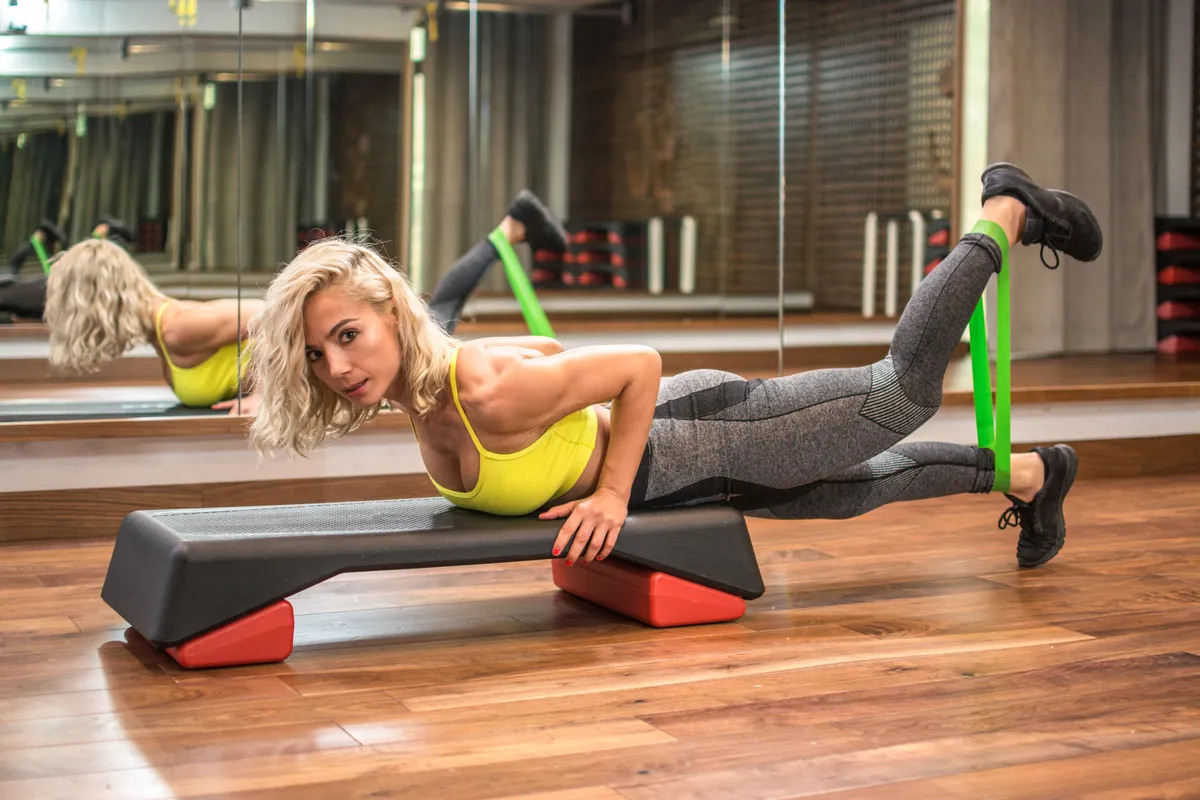
A long time ago, training used to be frowned upon in the upper echelons of enduro and downhill racing, being seen as uncool and against the spirit of the disciplines.
Times have changed and, these days, top riders spend as much time in the gym as they do on their bikes.
Being unfit can make riding seem like a chore, and can draw an early curtain on an otherwise rad day.
Although cycling is seen as a cardio sport, which it is, anyone who has ridden a downhill trail at full pelt knows it can be just as exhausting as riding to the top.
Taking part in other sports that complement riding, such as rock climbing and cross-training, can improve your strength on the bike, enabling you to ride at your best.
The core of your body plays a very important role when mountain biking, and keeping it strong will enable you to stay composed on long descents and make riding a lot more enjoyable.
Building up muscle also has benefits besides making your riding faster and more enjoyable. Muscles can protect your joints and bones in the event of a crash, making it less likely you’ll pick up an injury – think of it as homegrown body armour.
Needless to say, fitness is very important for cross-country racing. Long days in the saddle, or intense races, require a high level of cardiovascular fitness.
Don't spend your money on fleeting tech trends
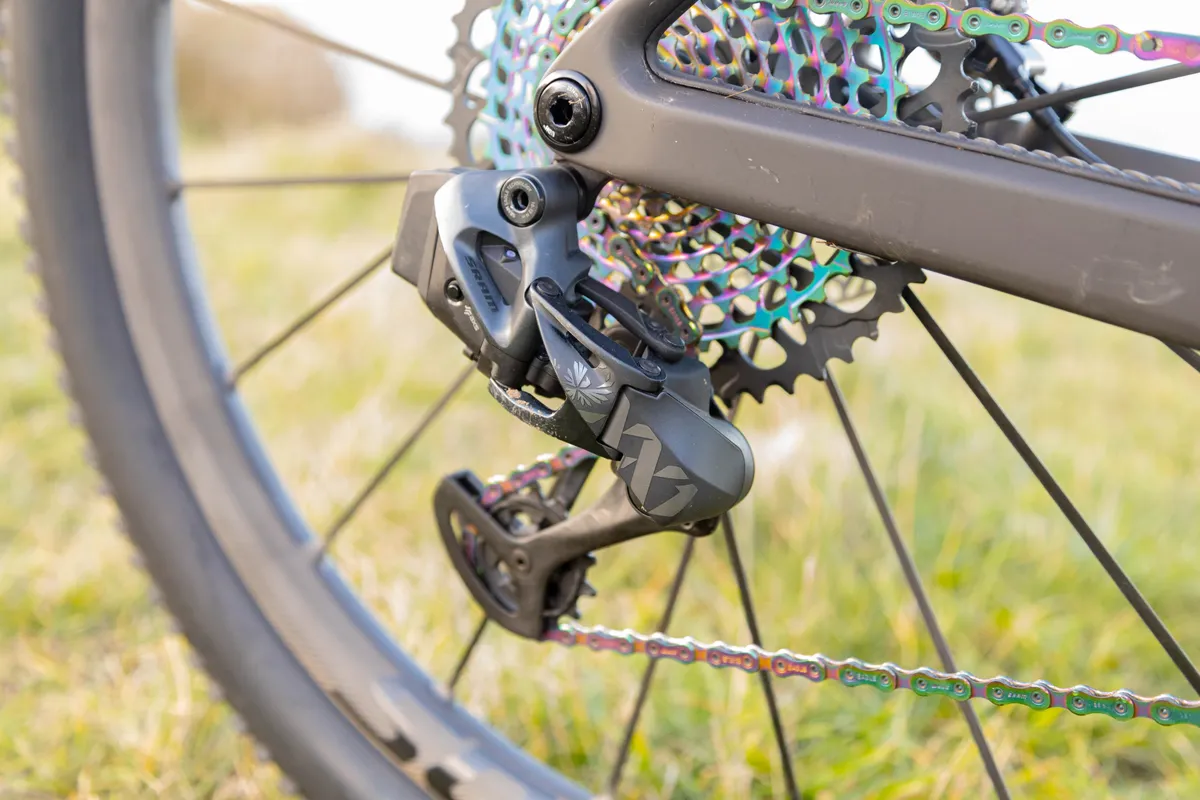
While some tech trends have revolutionised mountain biking, such as the introduction of dropper posts, others leave as quickly as they came – when was the last time you saw a plus tyre?
Tech trends can be alluring, promising to improve your riding in exchange for your cash.
However, no matter how good the tech is, the biggest difference to your riding will always be you.
Sticking with your current setup and instead investing the money in coaching can have a much greater improvement on your riding experience.
Fuel the fun times
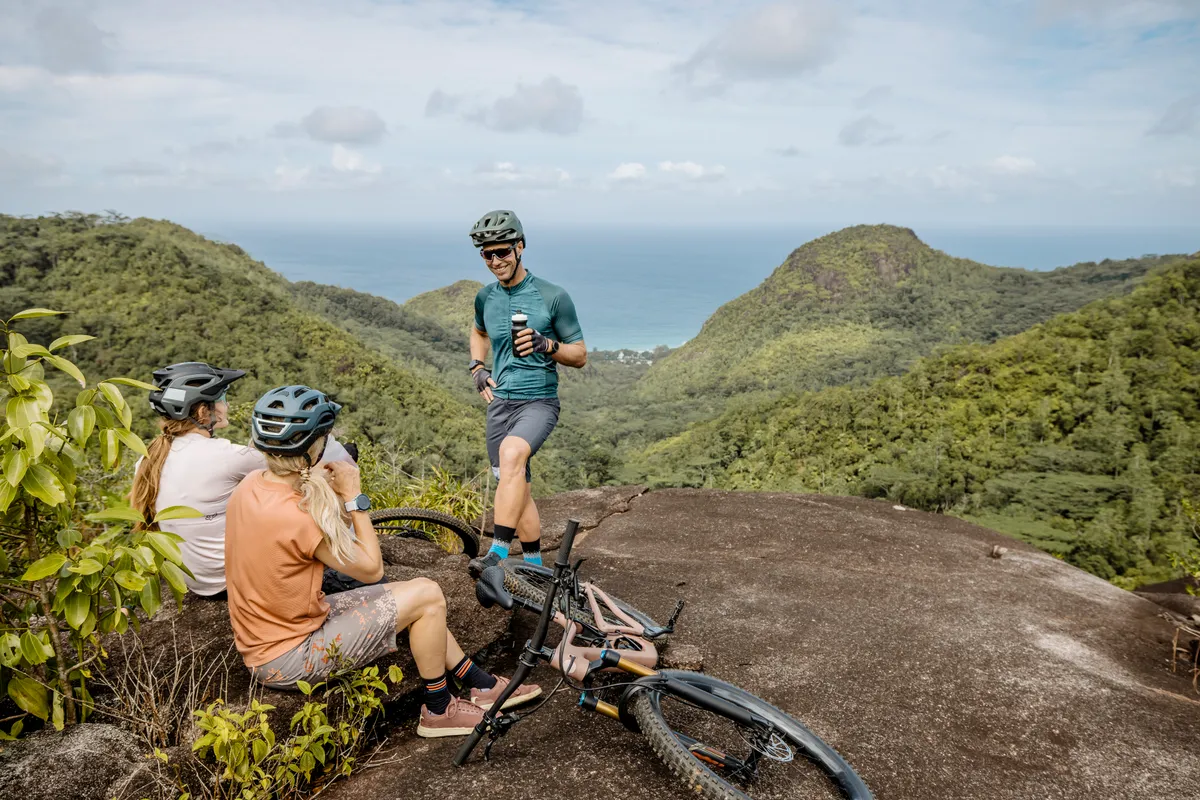
This is one of the best tips, and one you will still have to learn the hard way.
Staying well fed while out riding will make your rides a lot more enjoyable, and keep you out of the wicked arms of the ‘bonk’.
When you’ve bonked, the last thing you are thinking about is another run. Your heavy legs and punctured stomach will yearn for whatever food you have at home or in the car.
Fueling right is key to spending long days out in the saddle. Carrying food, and eating it regularly, will enable you to ride further and keep your mind on the trails.
Snack and trail bars fit well into jersey pockets, with fruit such as bananas still being a choice for the pros.
Feeding well on a ride will also aid your recovery after the ride, enabling you to hit the trails again soon.
Don't get caught up in competition
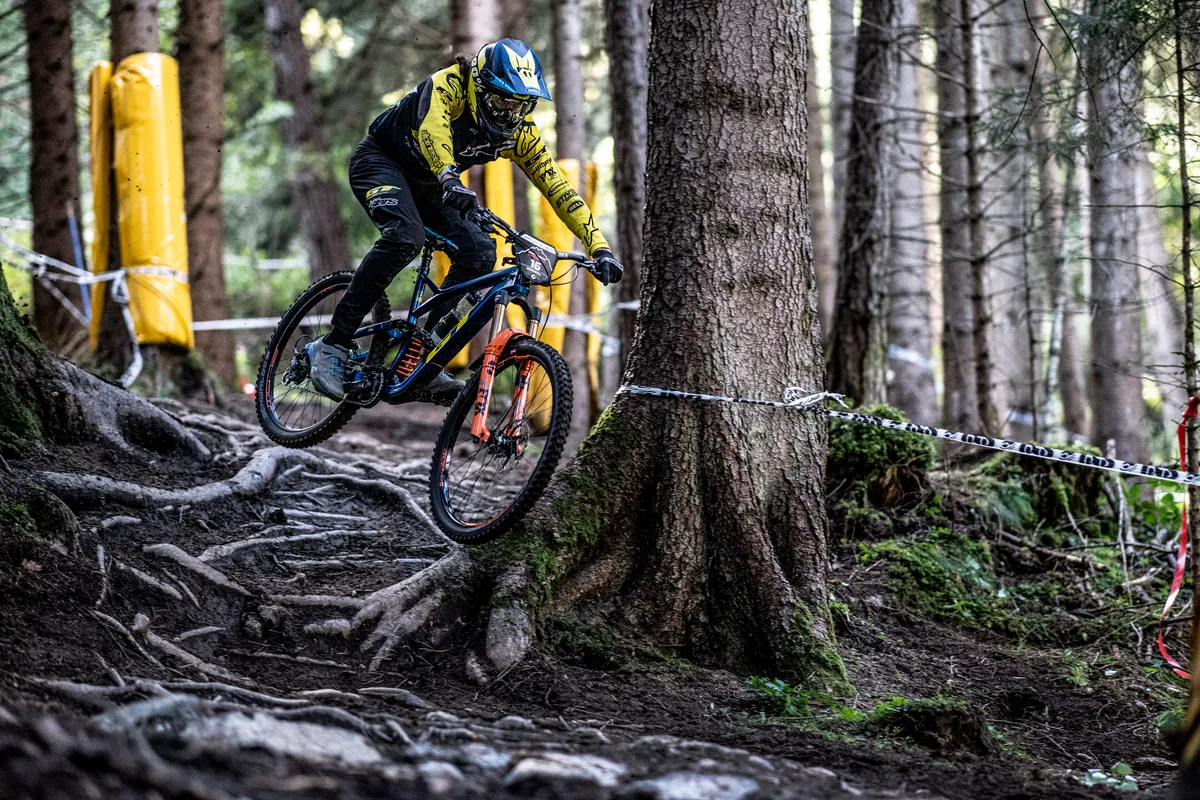
It can be easy to start comparing your riding to other people when you’re out with your friends, but being caught up on this can quickly take any fun out of your riding, losing sight of the fun of just riding your bike.
We’re not saying there isn’t such a thing as healthy competition, because riding with others can force you to push yourself out of your comfort zone – just always make sure it’s in the pursuit of pure riding thrills.
If you’re racing, then similar rules apply.
Many professionals have reached a point in their career where competing has taken the joy away from riding – just look at Josh ‘Ratboy' Bryceland, who decided to retire from World Cup racing to just enjoy riding again.
Ride with better riders
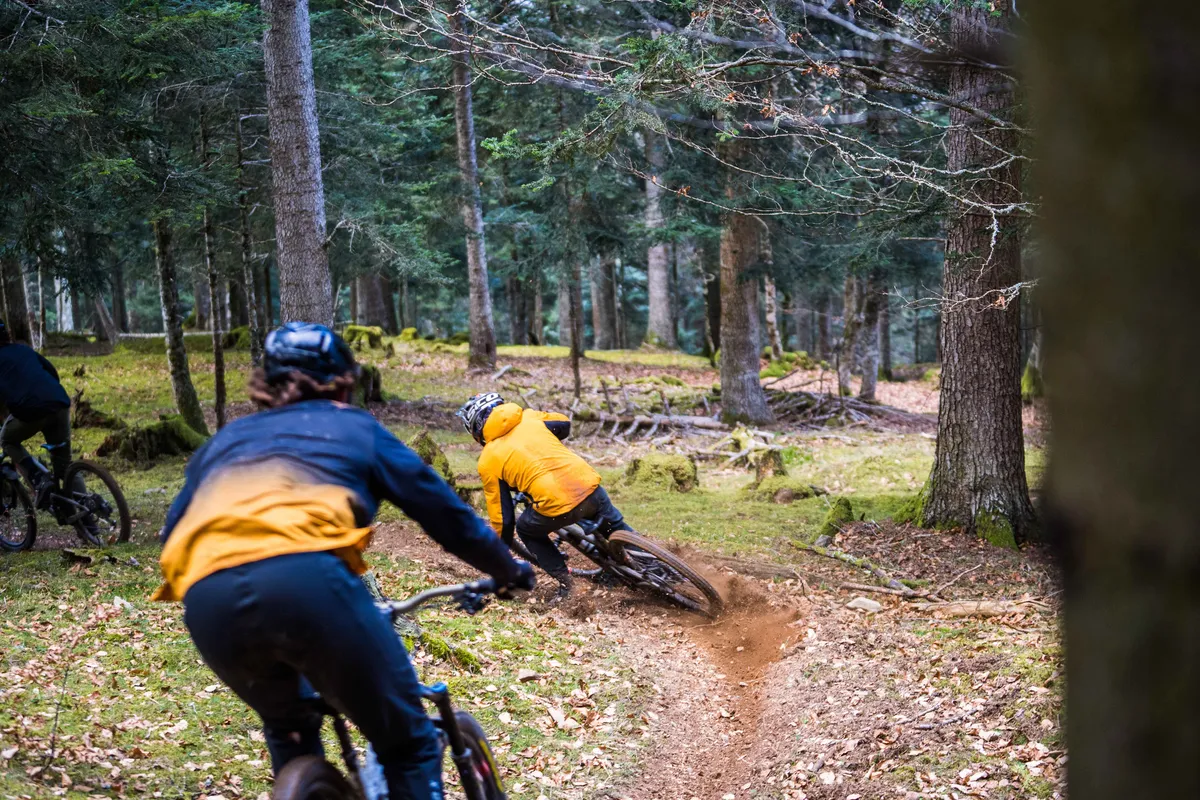
At the risk of contradicting the previous point, riding with other riders can seriously improve your skill levels, with most riders happy to share tips and tricks with you out on the trail.
Seeing other people’s riding will give you a different perspective on how to tackle a trail or feature.
Following a wheel down a trail can also be a big help in judging your speed for jumps, drops and even corners. However, don’t be put off if the rider disappears down the trail, leaving you on your own.
When you’re first choosing a wheel to follow, it’s best to find someone of your skill level or above who won’t push you beyond what you’re ready for. That being said, diving in at the deep end can sometimes be the best way of avoiding mental barriers.
Don’t be scared of falling
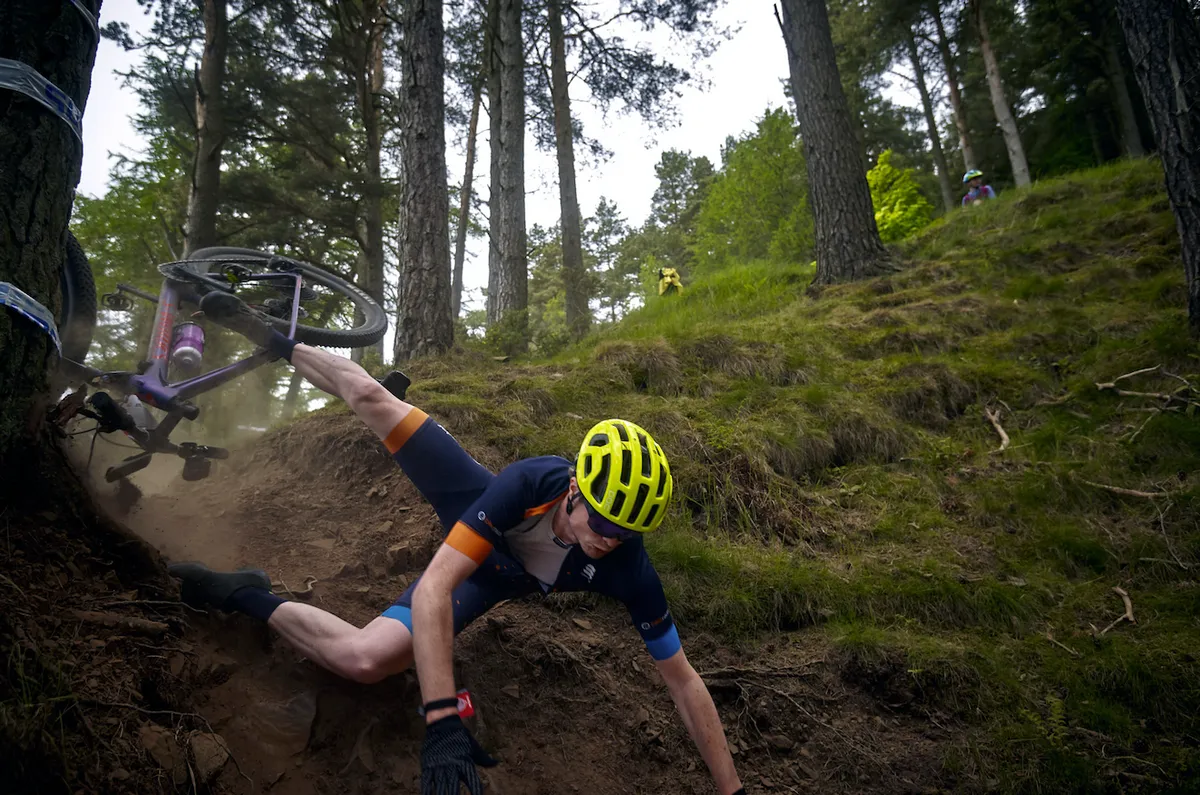
This one obviously depends on your appetite for risk, but all mountain bikers will have dusted themselves off from a fall at some point.
While falling can result in time off the bike with injury, and in some cases worse, it's a part of the sport.
The majority of falls will leave you with a couple of grazes, a bruised ego and at worst a scratched-up saddle.
Wearing protection minimises your likelihood of injury.
Wear protection
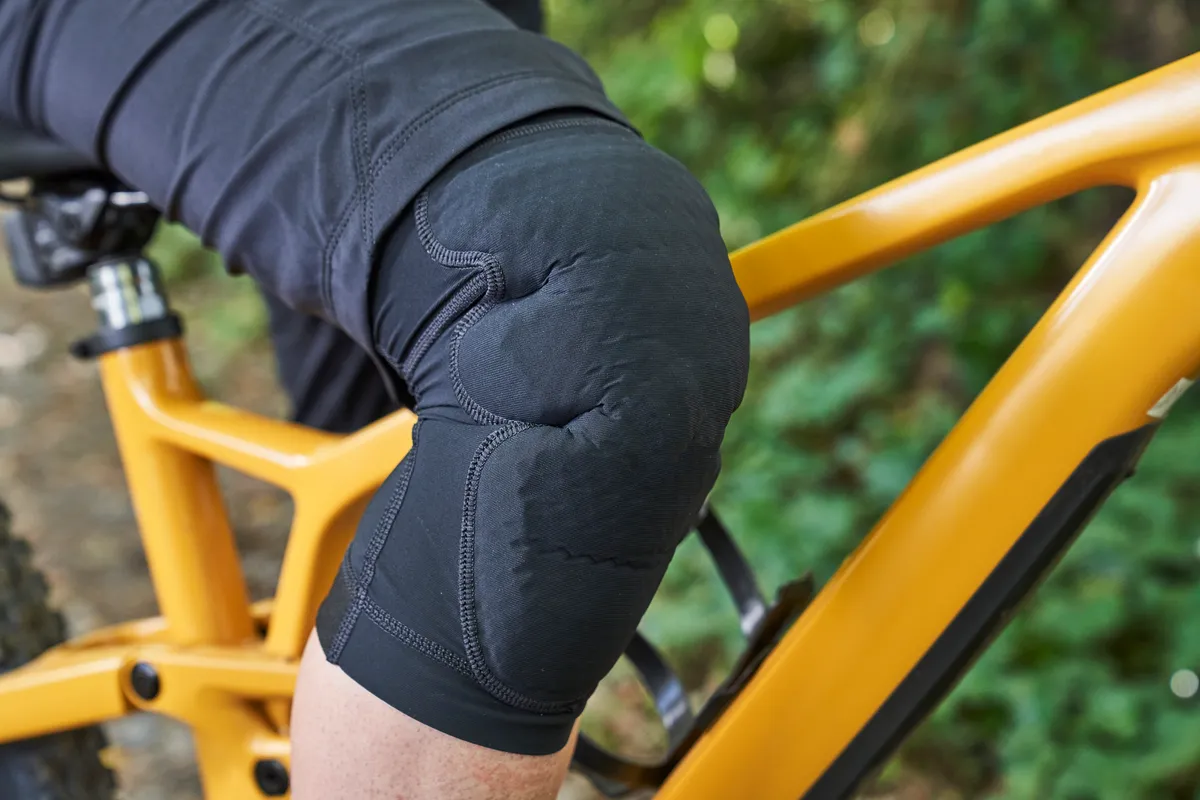
Falling, as mentioned previously, is very much a part of mountain biking. You will, at some point, find yourself on the ground whatever discipline you ride.
While knee and elbow scars can be a reminder of a well-spent youth, there comes a day when adding to these loses its appeal.
Knee pads and elbow pads offer the only protection for these areas, with the latest designs causing little in the way of discomfort.
Body armour can be a good investment if you are really pushing to develop your skills on the gnarliest terrain.
Injuries can make you spend time off the bike and affect your confidence when you get back on it.
Although some may see wearing protection as uncool, all professionals wear at least some.
Just be careful you don’t let a false sense of security enter your head – protection may save you from smaller impacts, but not from everything.
Keep it clean
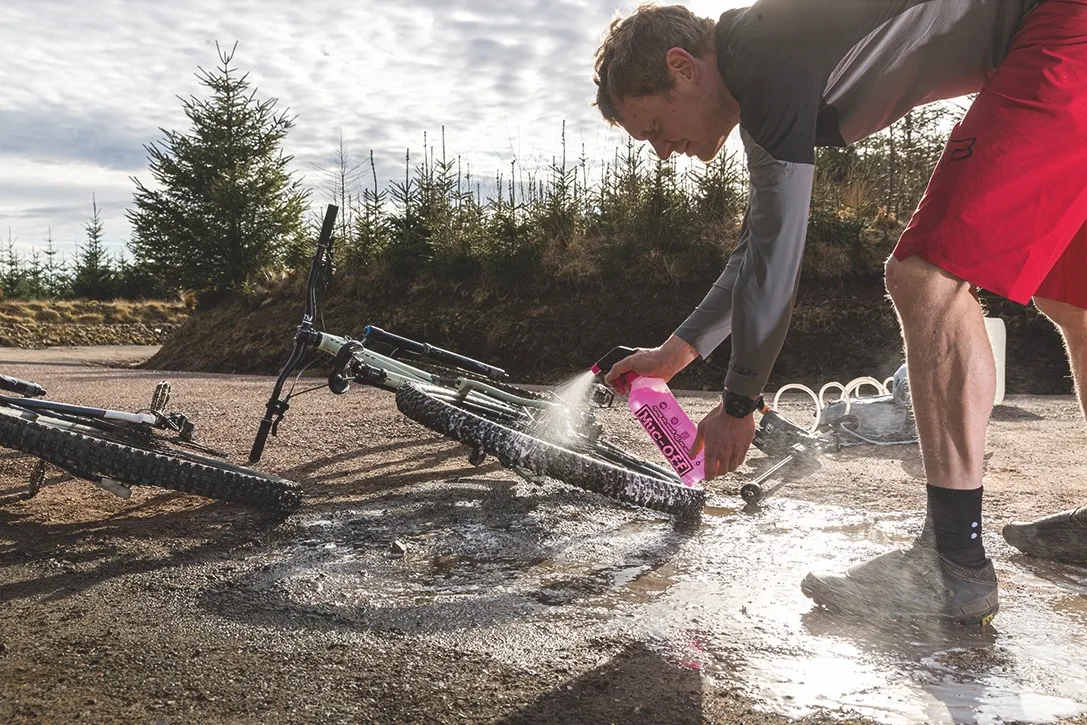
Maintaining your bike is important if you want to get the best performance and life-span out of your components.
While cleaning your bike after each ride may seem like a chore, it keeps your bike in the best condition for your next ride, with no nasty surprises hiding behind layers of mud.
Keeping your bike clean will get the most out of its components, meaning they’ll need replacing less often.
If money saving doesn’t incentivise you, then the performance benefit alone should keep you scrubbing after every ride.
It's important to note that if you use a pressure washer to clean your bike you should keep the jet away from sensitive areas such as bearings, hubs and suspension seals. Water can seriously upset bearings by stripping their grease, which leads to them seizing.
